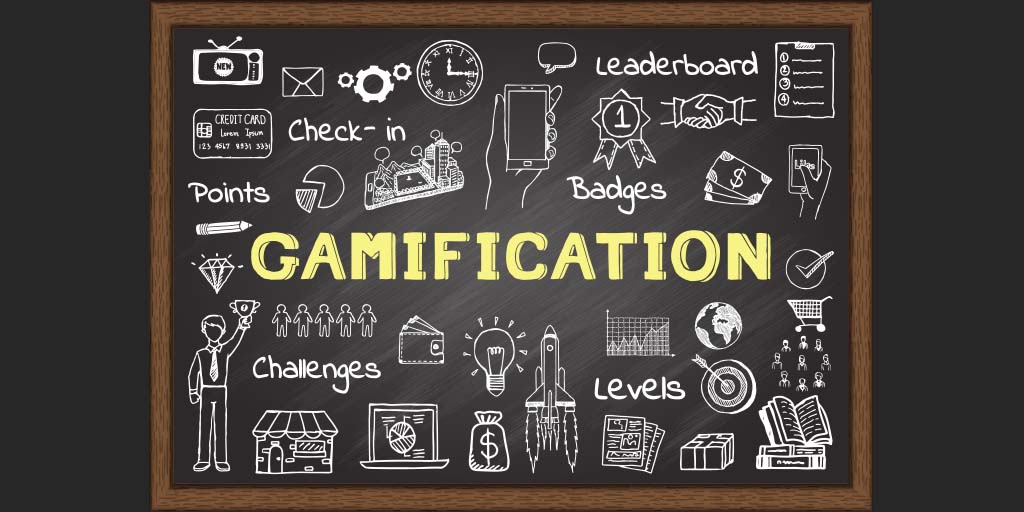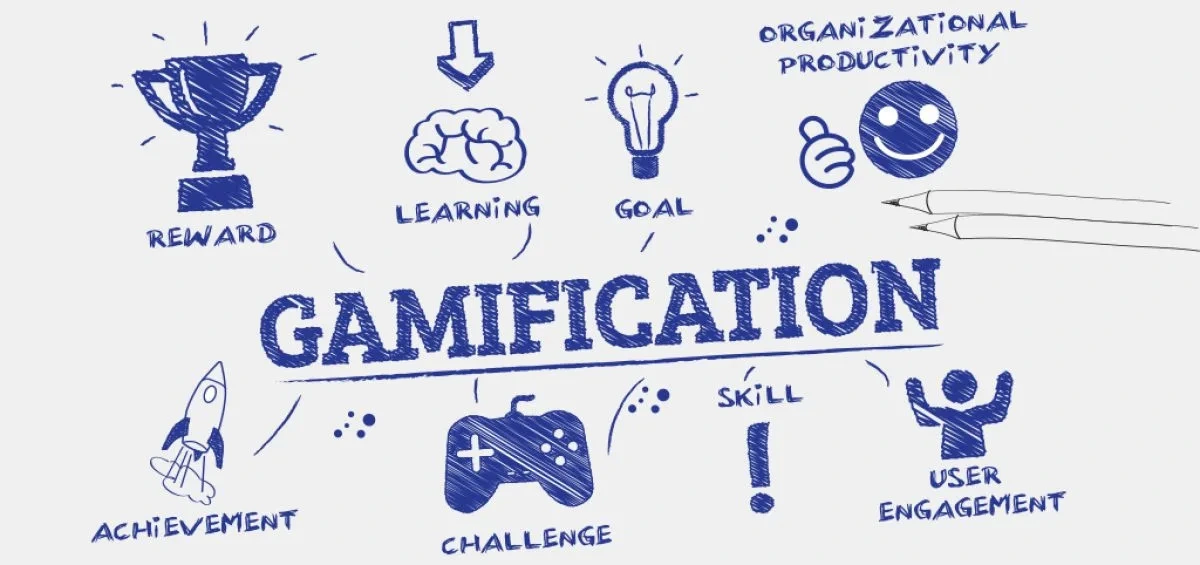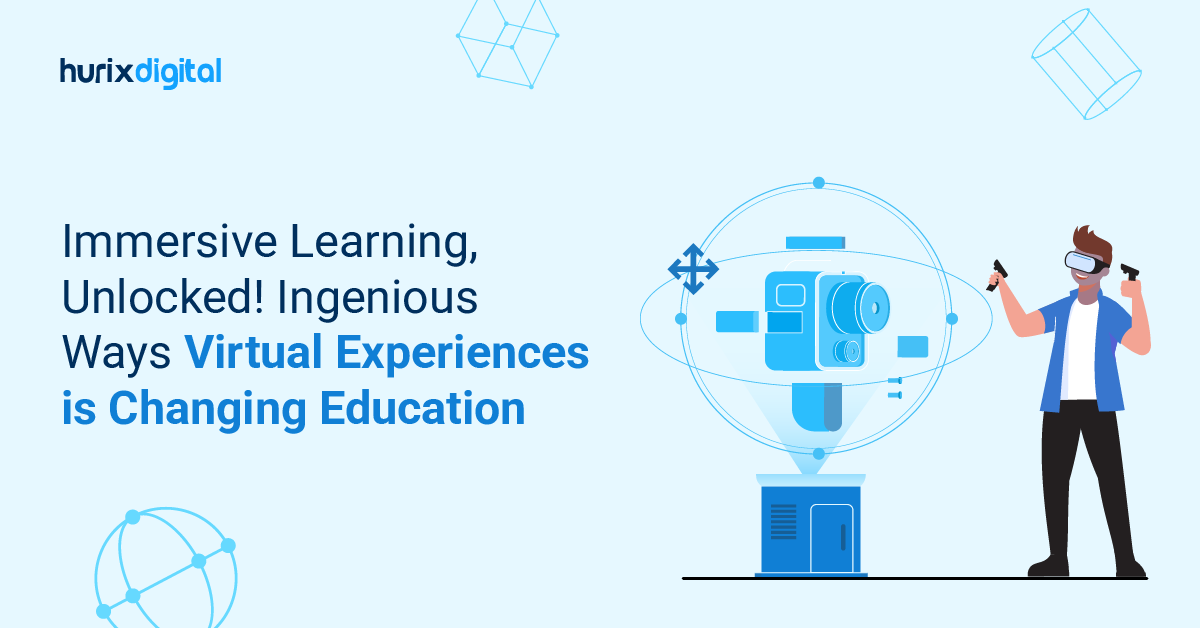
Is Gamified Learning More Effective in the Modern Workplace
Summary
This blog explores how gamified learning effectively integrates game elements into workplace education, fostering self-motivated, personalized, and rewarding learning experiences.
Gamified learning or gamification refers to the addition of games in education and training curriculum with the aim to add a fun element to learning and make it more engaging, immersive and motivating. Gamified learning, also known as game-based learning is more than just a game – the fun and entertainment elements have a motive which is to challenge your senses, urge you on to forge your own path and travel at your pace towards defined learning goals.
The question that arises is- why games as a path to education and training? The answer lies in the fact that the millennials are a digitally-savvy lot, hooked on to their smartphones connected to the Internet. And online gaming is a huge industry with worldwide revenues predicted to reach $137.9 billion this year (2019).
Table of Contents:
No other form of entertainment has captured popular imagination as gaming. And so, it makes perfect sense for industries of all types to harness the platform of people’s choice to meet their organizational goals. While an online game is just for fun, entertainment and relaxation, gamified learning adds elements such as levels, point scores, rewards and recognition to self-motivate people to keep moving up and grow their learning curve.
So, is gamified learning more effective in the modern workplace? The answer is yes and here are some reasons why it is so.
Also Read: Everything You Must Know Before Selecting Gamification Services
Reasons Why Gamified Learning is More Effective in the Modern Workplace
1. Self-Motivated Learning
There is no better way of learning than self-motivated learning – people learn more when they want to learn, and this is exactly what gamified learning helps to achieve. As mentioned above, gamification includes elements such as levels, points, rewards and recognition. Each level is designed in a way that the learner cannot move to the next until its learning outcomes are achieved.
The successful completion of each level brings recognition in the form of points and rewards. Apart from these rewards, there is a sense of achievement, and the satisfaction of a task well done. Having completed one level successfully, learners are naturally motivated to move up the next rung of the ladder and then the next and so learning becomes a continuous process. And in this digital age, when technology is ever-evolving, learning too has to be continuous, and gamified learning helps to achieve just that.
2. Self-Paced Learning
In traditional instructor-led settings, you have learners with mixed abilities, where some show more ability to grasp and retain than the others. It becomes difficult for the instructor to find a middle path such that the lesson is well-received by everyone. Gamified learning is an effective way to provide a level playing field to all learners. The slow learners can keep re-playing at a certain level till they have grasped the concept and then move to the next. Branching is one of the most popular techniques used by game designers.
It provides learners a choice between multiple outcomes, and according to the choice they make they move down a certain path which has options for course correction along the way. Gamified learning is therefore hands-on learning which translates into improved outcomes.
3. Context-Specific Learning
Another factor that works in favor of gamified learning and making it more effective in the modern workplace is that it is context-specific. Each game is created around a particular skill set, is to the point, and does meander into a maze of unnecessary information which can distract the Employees can hone specific skills in virtual settings before applying in the real-world scenario.
4. Safe Learning
Taking forward from the above point, one of the main reasons why gamified learning has captured imagination and is today widely used in industries such as defense and healthcare is that it provides learners a safe environment to practice skills which could have dangerous and sometimes life-threating consequences in the real world. For example, medical students can practice in a gamified environment before going to operate in a real life scenario.
And it goes without saying that defense training can have severe consequences in case of any false move. Gamified learning helps the defense personnel practice in simulated environment and learn by trial and error, something which they can ill afford to do in real settings.
5. Personalized Learning
Organizations can leverage game-based learning to provide a more personalized learning experience to their workforce in tune with their organizational goals. By conducting a needs analysis, they can identify gaps in learning and then design a gamification strategy that helps to plug these gaps.
6. Team Learning
Gamified learning not only provides a personalized learning experience but is also a great way for team building. Some games are designed for teamwork where one team challenges When done right, it helps to build empathy between team players bringing them together to pool their skills and capabilities and overcome challenges. Thus, it helps to build healthy relationships and foster collaboration, which are very necessary for the modern workplace.
7. Rewarding Learning
Employees perform well when they know that their efforts are duly recognized, and they are being treated fairly. Gamified learning provides them with a clinical report of their performance which is both objective and fair. So, gamification ensures greater transparency, giving employees an opportunity to review their performance and course correct immediately rather than wait till mid-year or year-end appraisals. Timely course correction benefits both the employees and the organization.
Also Read: Top Tips to Design, Develop and Deliver e-Learning Content!
Conclusion
Gamified learning is learning by fun; it challenges the way you think; the way you perceive situations and the way you react and act. It allows you to take control over your learning and challenges you to hone your skills and capabilities and overcome roadblocks. Along the way, you also learn skills such as empathy, collaboration, and teamwork, all of which hold you in good stead in the long run. More and more organizations are realizing that gamified learning is more effective in the modern workplace and are incorporating it as an integral element of their learning and training programs.
Get in touch with us today to learn more!









